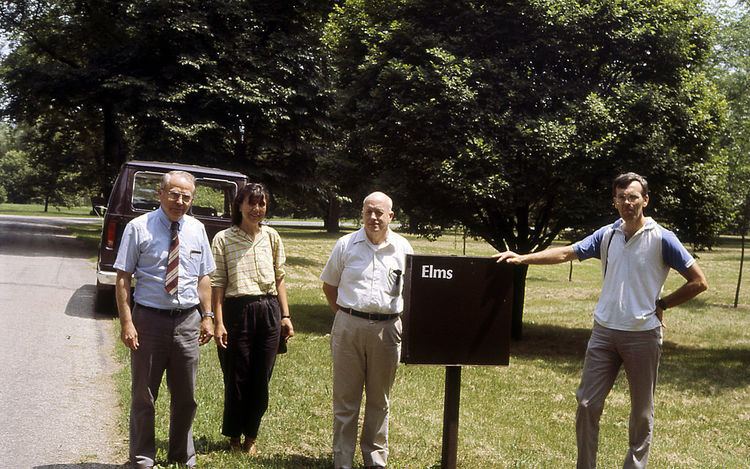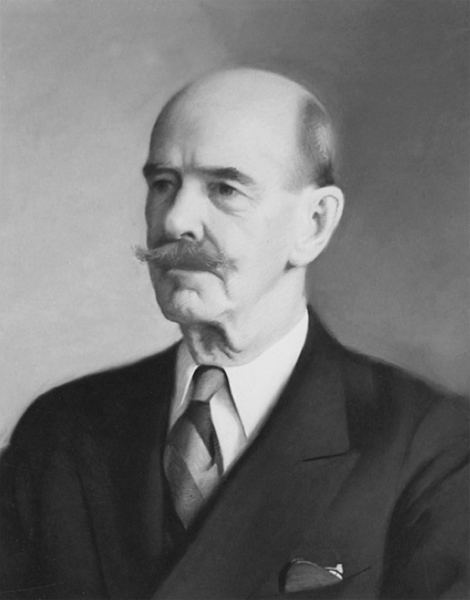Name George Ware | ||
 | ||
Bishop George Ware - The Power of Thoughts
George Ware, Ph.D. (1924–2010) was an American dendrologist and former research director of the Morton Arboretum Illinois who specialized in the evaluation of Asiatic species of elm as urban trees.
Contents
- Bishop George Ware The Power of Thoughts
- THE BOY IN THE GALLERY written by GEORGE WARE
- Early life and education
- Career
- Elm research
- Personal life
- Death
- Eponymy
- Honors and awards
- Selected publications
- References

THE BOY IN THE GALLERY written by GEORGE WARE
Early life and education
Born 27 April 1924 in Avery, Oklahoma, the son of Charles & Mildred Ware, he was raised in Norman, Oklahoma, receiving BS and MS degrees from the University of Oklahoma, and a PhD in Forest Ecology from the University of Wisconsin - Madison.
Career
Ware taught botany, ecology, dendrology and conservation at universities in Oklahoma and Louisiana, before joining the Morton Arboretum in 1968 as Dendrologist, becoming Research Director ten years later, a post he held until his retirement in 1995. During his career at the Morton he raised hybrid elms, maples, planes, poplars and mulberries. He also traveled extensively, making a total of five expeditions to China, and three to the former Soviet Union. Ware remained a Research Associate of the Morton Arboretum until 2009.
Elm research
Ware soon realized the potential of disease-resistant Asiatic elms as urban trees, leading a party of Morton botanists and horticulturists to northern China in 1990, followed by participation in the USDA-sponsored expedition to China in 1995. Through contacts established with the Chinese, Ware was to receive regular consignments of elm seed from 1990, which greatly enhanced the Morton Arboretum's elm collection.
Personal life
Ware married, in 1955, June (née Gleason) (d. 2010), who bore him four sons.
Death
George Ware died of complications arising from pancreatic cancer at Holy Cross Hospital in Chicago on 4 July 2010.
Eponymy
The hybrid oak Quercus × warei (Quercus robur f. fastigiata × Quercus bicolor), commonly known as the 'Long Oak', was named for him.
Honors and awards
Selected publications
[3]
